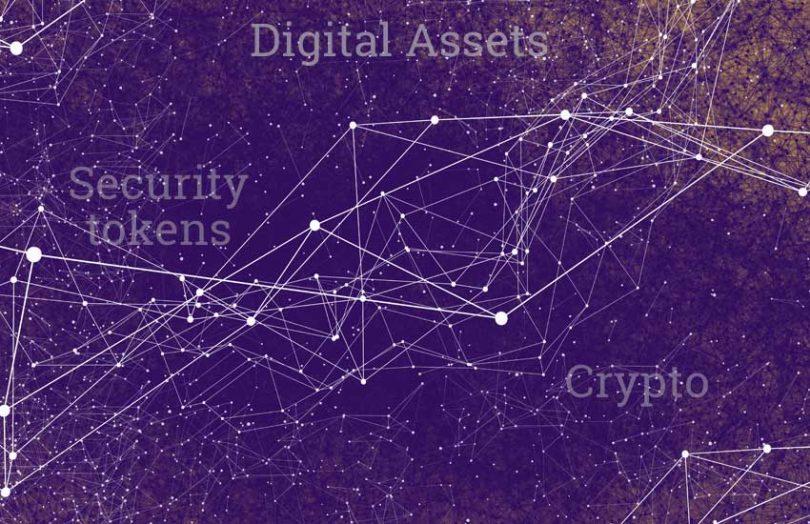This is a guest opinion post from Nadine Chakar, Head of State Street Digital.
This year rewarded anyone who focused on the digital economy. The momentum, relevance, and near ubiquity of digital assets has been undeniable, from cryptocurrencies to NFTs to tokenized assets. Global financial institutions have stepped up, and in June 2021, we launched State Street Digital to lead the evolution of digital markets and harness our deep expertise and resources to help our clients stay ahead of these massive industry shifts. We know digital assets and development of new technology will continue to reshape the financial services landscape with unprecedented force, and here are six predictions for 2022:
- Custody: We anticipate more institutional participation to drive the need for digital custody in 2022. Investors are demanding more sophisticated solutions, expanding well beyond the most obvious use cases. We expect to see more institutional-grade custody offerings capable of servicing digital assets (e.g., BTC, ETH) and also traditional assets in tokenized form.
- Tokenization: The tokenization of traditional assets will likely spur investment in two distinct areas. First, issuance of tokenized illiquid assets will see more investment. While this has been predicted for a while, only recently have issuers of quality assets been willing to convert their assets into digital form. Second, traditional assets will be issued as tokens on a digital exchange, meaning crypto investors can move between cryptocurrencies and an ETF, for example, on the same platform. This will likely lead to a flood of traditional offerings being tokenized to attract new investors and will eventually facilitate atomic investments.
- Research: The industry will have to address the need for products and services that provide intelligence and research for portfolio managers to make investment decisions in the digital space. As more and more clients demand that crypto and digital assets be modeled into their portfolios – both traditional and alternative – financial institutions will need access to more sophisticated insights and intelligence, and we will likely see a corresponding rise in the volume and depth of crypto and digital asset research in 2022.
- Regulatory: The interest of global regulators in the digital asset space has increased exponentially during 2021, and we anticipate that will lead to more concrete regulatory actions and rulemakings in 2022. Areas of focus will likely be in clarifying the regulatory status of and expectations of institutional investors and financial services providers with respect to cryptocurrencies, stablecoins and central bank digital currencies (CBDCs). The U.S. prudential regulators have stated their intent to provide guidance in 2022 on a number of key digital areas, including custody and ancillary services as well as stablecoins. In Europe, the EU Markets in Crypto Assets Regulation (MiCA), which aims to provide a consistent regulatory framework for crypto assets across the EU, will likely be finalized in 2022, and additional regulators in Asia-Pacific, including in Australia, are expected to introduce relevant regulatory proposals as well. Increased regulatory certainty will help facilitate the growth and development of digital assets as a market for institutional investors.
- Trading: While we cannot predict specific regulatory policy changes, we do expect to see a consolidation of liquidity venues in 2022. The cooperation between liquidity providers and exchanges that create a CBBO (crypto best bid and offer) may give comfort to regulators and participants that this market is maturing. Further, we anticipate more products and services will enter the market that will allow institutions to measure digital trading metrics – such as best execution – in the same way that they track metrics for traditional assets today.
- Risk: In 2022, we anticipate an increased focus on using DLT to reduce risk in transactions. The efficiency of DLT speeds up or eliminates reconciliations and can enable risk-reducing measures such as real-time collateralization of trades. As a result, we see the potential for a decrease in counterparty risk for our clients.
In 2021, the digital economy transformation made enormous strides forward, as digital assets are starting to integrate seamlessly into the fabric of the industry. There is no doubt that 2022 will be a year of continued innovation in the digital asset space, and it will be incumbent on financial institutions to provide the tools needed for clients to solve for both their traditional and digital investment needs. The opportunity ahead for digital assets is nearly limitless, and we are certain that in 2022, everyone will be watching this space.






